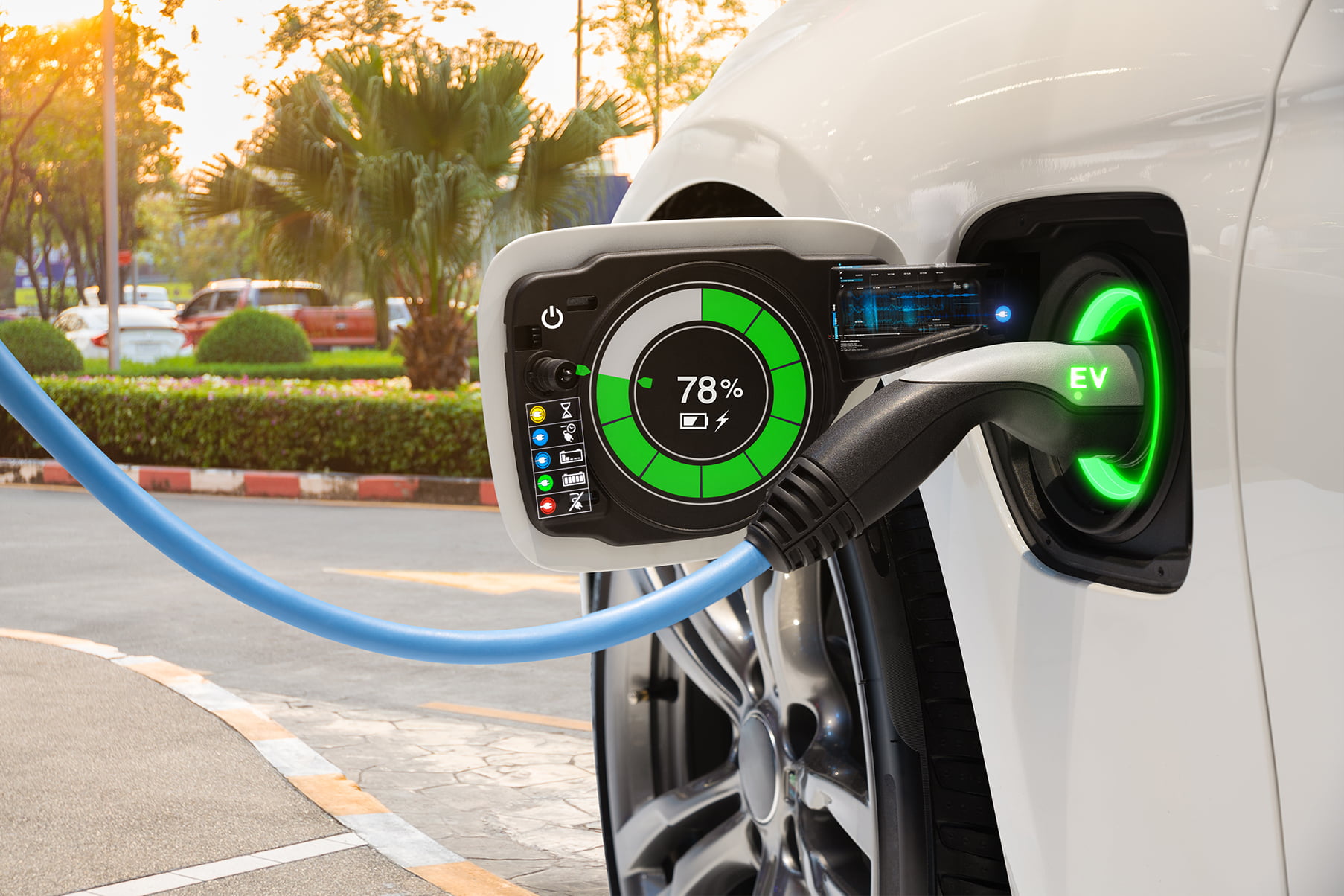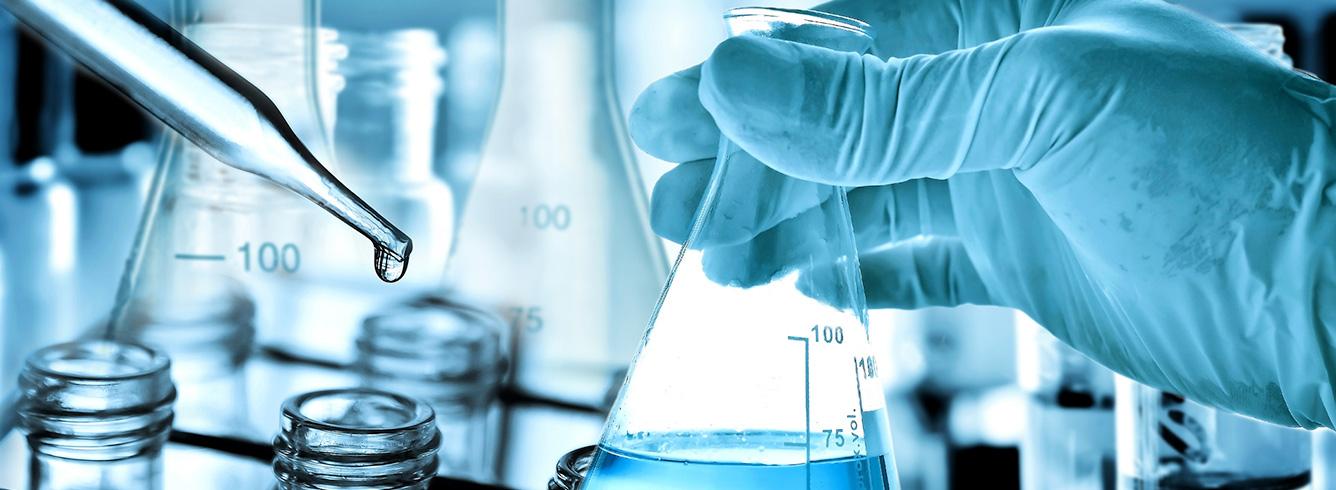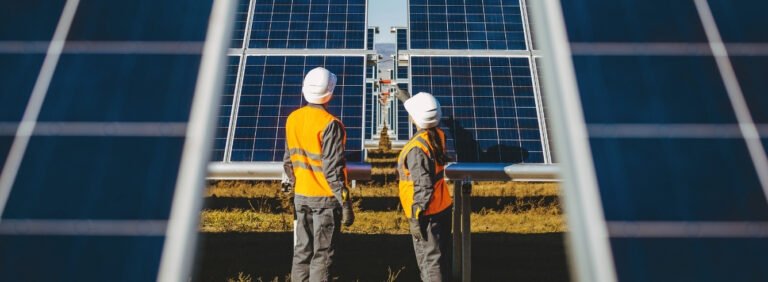La Titanium Dioxide Manufacturers Association (TDMA) représente les principaux producteurs de dioxyde de titane (TiO2), et porte leur message en Europe depuis 1974.
The Titanium Dioxide Manufacturers Association (TDMA) represents the main producers of titanium dioxide (TiO 2 ) and has been making their voices heard in Europe since 1974. TDMA is a sector group of the European Council of Europe. chemical industry (Cefic), which represents around 29,000 chemical companies across Europe. TDMA supports the Green Pact for Europe and the European ambition to achieve climate neutrality by 2050.
The EU Strategy for Chemicals Sustainability is a flagship initiative under the Green Deal for Europe. It is a comprehensive plan to boost chemicals innovation and the competitiveness of the EU chemicals industry, while ensuring chemicals are fit for a circular economy. TDMA will fully participate in the realization of the Green Pact for Europe, in accordance with Cefic’s response to the Strategy for sustainability in the field of chemicals.
Greener production of chemicals
The EU Chemicals Strategy for Sustainability will seek a transition towards chemicals that are ‘safe and sustainable by design’ to help make Europe a global frontrunner and boost innovation.
Chemicals are essential for the way we want to live our lives and are also the building blocks for our sustainable future. That is why the Chemicals Strategy for Sustainability aims to implement greener production processes. The European chemical industry is investing to decarbonise its industrial processes in close cooperation with the value chain. The industry is a driving force to achieve the European Green Deal.
Titanium dioxide plays an important role in this endeavour. TiO2 is an essential chemical, it is safe for human consumption and is a key ingredient in thousands of products we see and use every day. The TiO2 industry is reducing its carbon footprint. The TDMA pioneered a Life Cycle Assessment methodology to calculate an industry average ‘cradle-to-gate’ carbon footprint that helps the industry monitor and measure its performance. The TDMA encourages its customers and suppliers to use this data to help them assess the product environmental footprint (PEF), including the carbon footprint, of their own products containing TiO2.
Safety, sustainability and the circular economy
The Chemicals Strategy for Sustainability also addresses the chemical content of products and waste to ensure that materials can be recycled safely. The strategy supports the EU Circular Economy Action Plan that emphasises the importance of sustainable product design. Up to 80% of a product’s environmental impact is determined at the design phase[1].
Arguably, sustainable products should be designed to be produced with the most effective materials possible to help ensure high performance using minimum resources. Materials should be durable to help extend product lifetime and to reduce waste, and products must be recyclable. The properties of TiO2 can enhance products helping to make them fit for the circular economy.

For example, around 95% of paints are manufactured using TiO2 pigment. It is a vital ingredient that helps to produce long lasting paints for interiors and exteriors. Paints represent about 50% of the global consumption of TiO2. A Product Environmental Footprint (PEF) study of decorative paints shows that high quality paints formulated with high TiO2 pigment content have the lowest PEF. This is because paints formulated with high TiO2 content have the highest opacity. This means fewer layers of paint are required to achieve the desired result, reducing the volume of paint needed. Paints like these are also more durable, protecting the materials they coat and improving their longevity. In this way TiO2 reduces the environmental footprint of the built environment by reducing the need for renovation.

TiO2 also benefits the circular economy in countless other products ranging from clothing and kitchen appliances to furniture and underground freshwater pipes. TiO2 is also used in innovative technologies to help improve renewable energy sources and battery efficiency. Waste containing TiO2 can be safely recycled[2].
The TDMA is working with the European institutions to implement the pioneering initiatives that are being introduced by the Green Deal.




